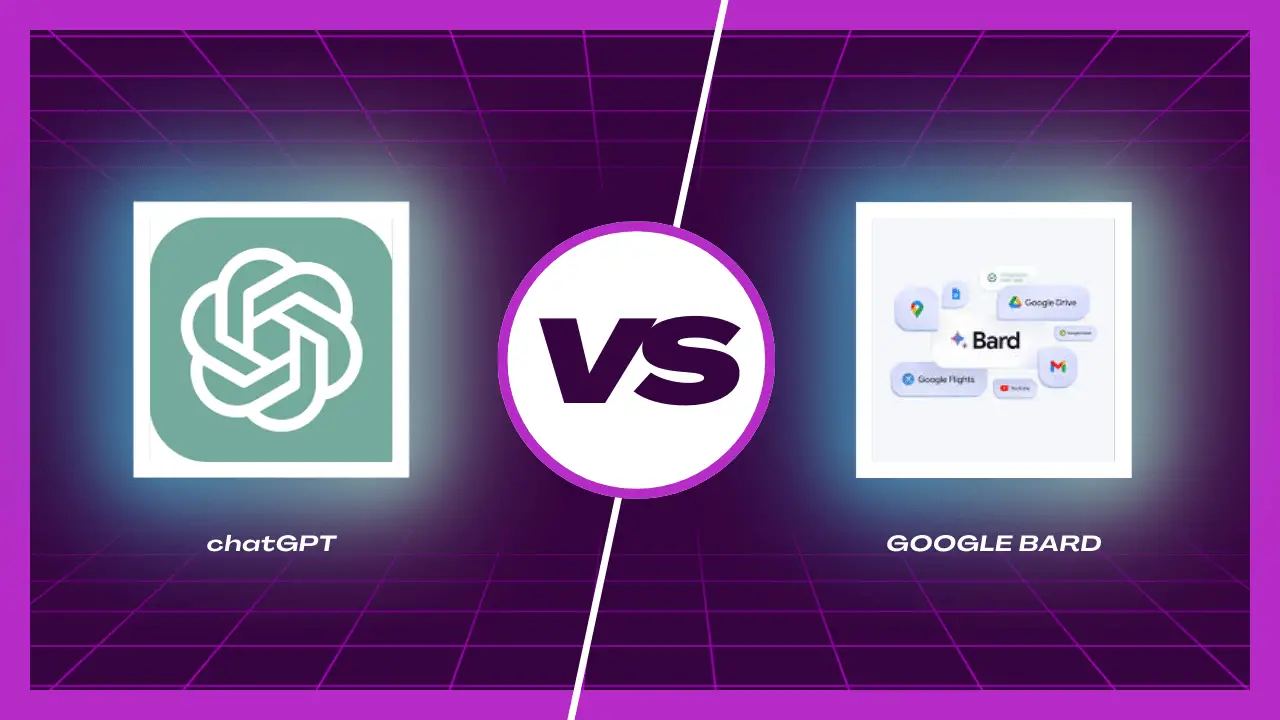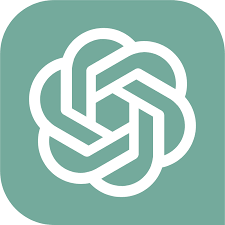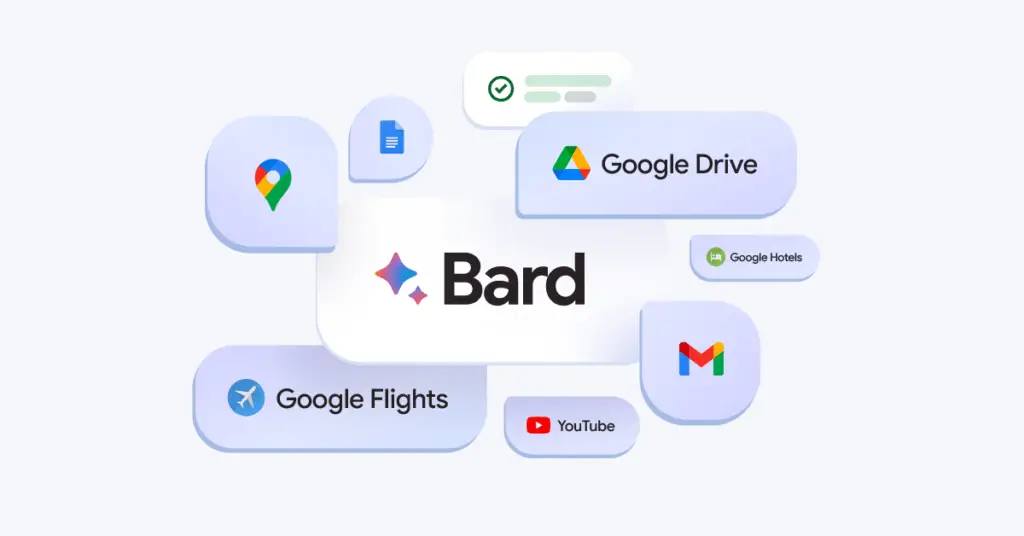
Last Updated on November 7, 2023 by Ajay Kumar
Over the past few years, the field of Artificial Intelligence (AI) has seen remarkable progress, and one of its captivating and impactful applications is conversational AI models. Among these models, ChatGPT vs Google Bard, both have emerged as noteworthy AI language models, drawing substantial attention for their conversational capabilities. This article embarks on a comprehensive exploration, aiming to reveal their respective strengths, weaknesses, and potential applications.
Bard and ChatGPT are both large language models (LLMs) that are capable of generating text, translating languages, and writing different kinds of creative content. They are both still under development, but they have learned to perform many kinds of tasks, including:
- Following instructions and completing requests thoughtfully
- Using their knowledge to answer questions in a comprehensive and informative way
- Generating different creative text formats, like poems, code, scripts, musical pieces, emails, letters, etc.
Both ChatGPT and Google Bard are built upon the GPT-3 architecture, which is an abbreviation for “Generative Pre-trained Transformer 3.” GPT-3 models are renowned for their capacity to generate text that closely resembles human language, driven by input prompts, and have been optimized for a wide range of natural language processing assignments.
ChatGPT vs Google Bard: In-Depth Comparison

ChatGPT: A Closer Look
ChatGPT is developed by OpenAI, the organization behind the creation of the GPT series. It’s designed to engage in natural-sounding conversations with users. OpenAI has released ChatGPT in different versions, including a free, accessible version for the public.
Key Features of ChatGPT:
- Generative text formats: ChatGPT can generate different creative text formats, such as poems, code, scripts, musical pieces, emails, and letters. It can also translate languages and answer questions in an informative way.
- Conversation continuity: ChatGPT can remember past conversations and use that information to provide more relevant and consistent responses. This makes it a more natural and engaging conversational partner.
- Natural language generation: ChatGPT can generate text that is indistinguishable from human-written text. This makes it a valuable tool for tasks such as writing creative content, translating languages, and generating marketing copy.
- Automatic summarization: ChatGPT can automatically summarize long pieces of text, making it easier to digest large amounts of information. This is particularly useful for research, education, and other tasks that involve reading and processing large amounts of text.
- Sentiment analysis: ChatGPT can analyze the sentiment of text, which can be used to understand the emotional tone of a conversation or a piece of writing.
- Code generation: ChatGPT can generate code in a variety of programming languages. This can be helpful for developers who need to quickly write or modify code.
- Data cleaning and preprocessing: ChatGPT can clean and preprocess data, which can make it easier for machine learning algorithms to analyze.
- Feature engineering: ChatGPT can generate new features from existing data, which can improve the performance of machine learning models.
- Model training and tuning: ChatGPT can help with model training and tuning by suggesting hyperparameters to optimize model performance.
- Exploratory data analysis: ChatGPT can help with exploratory data analysis by producing summaries and hypothesis testing.
- Find datasets: ChatGPT can help data scientists find the appropriate datasets.
- Conversational interface: Data scientists can use ChatGPT as a conversational interface to interact with their data. They can ask questions, provide commands, and receive responses in natural language.

Strengths of ChatGPT:
- Natural Language Generation: ChatGPT excels in generating text that closely resembles human conversation, making it ideal for chatbots, virtual assistants, and customer support applications.
- Versatility: It can be adapted for a wide range of applications, from answering questions and completing sentences to providing recommendations.
- Fine-Tuning: OpenAI allows users to fine-tune ChatGPT for specific tasks, enabling customization for different industries and use cases.
Weaknesses of ChatGPT:
- Occasional Inaccuracies: Like all language models, ChatGPT can produce incorrect or biased information based on its training data.
- Limited Context Understanding: It may struggle with maintaining context in longer conversations, resulting in responses that sometimes seem disconnected
Further Reads:
10 The Best Generative AI Tools for Writers, Designers, and Developers to Look out for
11 Best AI Video Editors in 2023 to Use : Revolutionize Your Video Editing
6 Best Cloud Gaming Services in India, Ready to be Played in 2023 (Both Free & Paid)

Google Bard: A Closer Look
Google Bard, developed by Google, is another conversational AI model that competes with ChatGPT. Google has integrated Bard into various applications and services, such as Google Search.
Key Features f Google Bard
Access to Google Apps and Services
Bard can connect with Google apps and services like Gmail, Docs, Drive, Google Maps, YouTube, and Google Flights and hotels. This allows you to access and display information from these apps and services directly in Bard conversations, even when the information you need is spread across multiple apps.
Enhanced Response Customization
Bard provides more control over the style and format of its responses. You can specify the desired length, tone, and formality of the response, and even choose to receive responses in a specific format, such as a poem, code, script, or musical piece.
Integration with Google Search
Bard is integrated with Google Search, allowing it to access and process information from the real world through Google Search. This enables Bard to provide more comprehensive and informative responses, especially for complex or open-ended questions.

Improved Image and Video Analysis
Bard can now analyze images and videos using Google Lens technology. This allows you to ask Bard to describe an image or video, identify objects within it, or translate any text present in the image.
Continued Expansion of Languages and Countries
Bard is continuously expanding its reach to new languages and countries. As of September 2023, Bard is available in over 40 languages and is accessible in many countries around the world.

Pinning and Renaming Conversations
Bard allows you to pin and rename conversations for easy reference. This is particularly useful for keeping track of ongoing discussions or revisiting important information from past conversations.

Bard Extensions
Bard Extensions are a new feature that allows you to connect Bard with third-party tools and services. This enables Bard to provide even more tailored and comprehensive responses based on your specific needs and preferences.
Strengths of Google Bard:
- Search Integration: Google Bard’s integration with Google Search allows it to provide users with real-time and accurate information, making it a valuable tool for quick queries.
- Understanding Context: Bard is capable of maintaining context during extended conversations, making it suitable for more in-depth interactions.
- Multimodal Capabilities: Google Bard can understand and generate text-based responses along with visual inputs, such as images and videos.
Weaknesses of Google Bard:
- Access Limitations: As of the knowledge cutoff date in early 2022, Google Bard may not be as openly accessible to developers and users as ChatGPT.
- Privacy Concerns: The integration of Google Bard with Google Search raises potential privacy issues, as it may collect and use user data for personalization.
Use Cases and Applications – ChatGPT vs Google Bard
The choice between ChatGPT vs Google Bard largely depends on the specific use case and requirements. Here are some scenarios where each model might be more suitable:
ChatGPT Use Cases:
- Virtual Assistants: ChatGPT is well-suited for creating virtual assistants that engage in human-like conversations with users.
- Content Generation: It can be used to generate blog posts, marketing content, and other written material.
- Customer Support: ChatGPT can provide automated customer support, answering common questions and solving issues.
Google Bard Use Cases:
- Real-time Information: Google Bard’s integration with Google Search makes it an excellent choice for providing up-to-date information on various topics.
- Complex Conversations: Bard’s strong context understanding is beneficial for longer, more complex discussions or educational interactions.
- Multimodal Tasks: For tasks that involve both text and visual content, Google Bard’s capabilities can be advantageous.
ChatGPT vs Google Bard – Comparison
| Feature | Bard | ChatGPT |
|---|---|---|
| Developer | Google AI | OpenAI |
| Underlying technology | LaMBDA | GPT-3.5 |
| Access | Free | Free and paid |
| Web access | Yes | Free users: No; Paid users: Yes |
| Data sources | Infiniset, a curated collection of internet content | Data from Wikipedia, scientific journals, and news articles pre-September 2021 |
| Strengths | Thorough explanations of code, summarizing content, generating creative text formats | Suggestions for code, completion of code, generating documentation |
| Weaknesses | Limits on conversation length | Limits on requests over time |
When comparing the performance of Google Bard and ChatGPT, it’s essential to consider various factors that influence their effectiveness in different contexts. Here’s a breakdown of their performance in different aspects:
1. Natural Language Understanding (NLU):
- Google Bard: Bard has robust natural language understanding capabilities, allowing it to comprehend and respond to a wide range of user inputs accurately.
- ChatGPT: ChatGPT also exhibits strong NLU, although its performance may vary based on the specific version and fine-tuning.
2. Language Generation:
- Google Bard: Bard generates coherent and contextually relevant responses, making it suitable for extended conversations and a variety of tasks.
- ChatGPT: ChatGPT can produce human-like text, but it may sometimes generate less contextually accurate or coherent responses compared to Bard.
3. Factual Accuracy:
- Google Bard: Google Bard is known for its commitment to providing accurate information, relying on trusted sources for generating content.
- ChatGPT: ChatGPT’s accuracy can vary depending on the training data and fine-tuning, and it may occasionally produce information that is not entirely accurate.
4. Conversation Flow and Context Handling:
- Google Bard: Bard demonstrates a strong ability to maintain context during longer conversations, resulting in more coherent and contextually relevant responses.
- ChatGPT: ChatGPT may struggle with maintaining context over extended conversations and sometimes produces responses that feel disjointed.
5. Customization and Fine-Tuning:
- Both models allow for some level of customization and fine-tuning to adapt them to specific tasks or industries. However, the extent of customization available may vary based on the provider (Google or OpenAI).
6. Ethical Considerations:
- Both models are subject to ethical guidelines and content moderation. Google Bard, like ChatGPT, is designed with safeguards to prevent the generation of harmful or inappropriate content.
7. User Experience:
- User feedback and experience can vary depending on individual preferences and specific use cases. Some users may prefer Bard for its factual accuracy, while others may find ChatGPT’s responses more creative and engaging.
8. Industry and Use Case Suitability:
- The choice between Bard and ChatGPT depends on the specific industry and use case. Bard may be preferred for information-centric tasks, while ChatGPT might be more suitable for creative writing or interactive applications.
9. Benchmarks and Tests:
- Comparative benchmarks and tests can provide insights into the relative performance of Bard vs ChatGPT. Researchers and developers often conduct evaluations to assess their strengths and weaknesses in various domains.
10. Ongoing Development:
- Both Google and OpenAI are actively working on improving their models. Continuous development and updates may impact the performance of Bard and ChatGPT over time.
Conclusion
Both ChatGPT vs Google Bard are powerful conversational AI models, each with its own strengths and weaknesses. When choosing between them, it’s essential to consider the specific use case, accessibility, privacy concerns, and integration requirements. As AI technology continues to advance, the capabilities of these models are likely to evolve, making them even more valuable tools for natural language processing and conversation generation.
Further Read:
10 The Best Generative AI Tools for Writers, Designers, and Developers to Look out for
11 Best AI Video Editors in 2023 to Use : Revolutionize Your Video Editing
6 Best Cloud Gaming Services in India, Ready to be Played in 2023 (Both Free & Paid)

Ajay Kumar is an experienced author and the founder of Techneg.co.in, a platform dedicated to providing insightful content on technology






